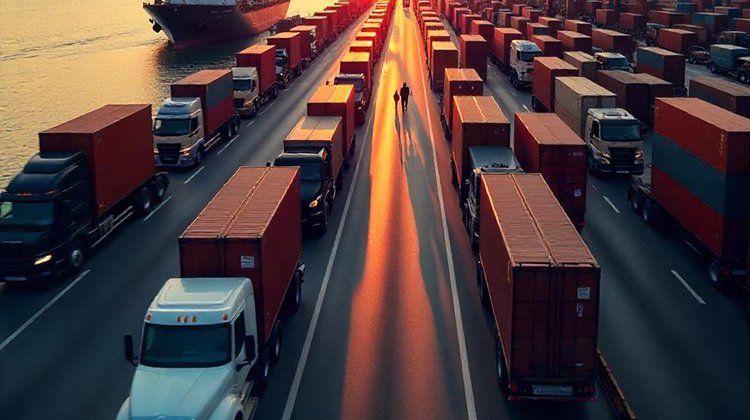
Drayage: The Invisible Engine Powering Global Trade
Effective transport is crucial in international trade. Large ships and over-the-road trucks are critical, but drayage services are important as well. Drayage ties seaports, rail stations, and distribution centers together so that it is easy to shift from one means of transport to another. Drayage is unnecessary, and supply chains would be plagued with delays, inefficiencies, and increased costs.
What are Drayage Services?
Drayage is short-distance transportation of commodities, typically in a city. Drayage transports containers from terminals or ports to warehouses or vice versa. Although it may be short in distance, drayage is critical in supply chain to ensure cargo delivery deadlines.
Drayage is crucial in foreign trade.
With greater global trade, there is also greater demand for effective drayage services. And that is why drayage is crucial in global logistics:
- Intermode integration
The majority of international shipments take advantage of ocean freight, which comes into ports in massive containers. Ports are not the endpoint, though. Drayage operations then deliver cargo to rail terminals, warehouses, or distribution centers to keep the supply chain flowing. - Port Congestion Reduction
Large seaports handle thousands of containers per day, which leads to congestion. Effective drayage services remove delays by moving containers rapidly, improving the efficiency of ports and delivering goods on time for companies. - Facilitating JIT Delivery Contemporary companies employ JIT inventory, getting deliveries on order rather than maintaining commodities in inventory. Drayage facilitates prompt delivery of commodities, eliminating supply chain problems and inventory expenses.
- Improving Supply Chain Efficiency
Drayage carriers streamline routes, reduce transit time, and reduce costs. Tracking and planning guarantee on-time, efficient deliveries.
Drayage Services Challenges
Drayage is necessary but faces challenges placed on global trade:
Driver Shortages – Insufficient numbers of qualified drayage drivers may hinder transport.
Traffic Congestion – City congestion slows down the movement of containers.
Environmental Issues – Diesel drayage trucks emit pollutants, so cleaner alternatives are needed.
The Future of Drayage Services
The industry is adapting to address these challenges:
Electric and hybrid trucks are being adopted by logistics companies to lower emissions. AI and automation improve drayage efficiency by intelligent tracking and scheduling. Port innovations – Technology and infrastructure investments accelerate container flow. Final Thoughts Drayage operations, although not very visible, are vital to world trade. Poor drayage creates congestion, congestion, and increased expense. As technology and sustainability continue to improve, drayage will be the key to efficient, seamless, and sustainable trade.

